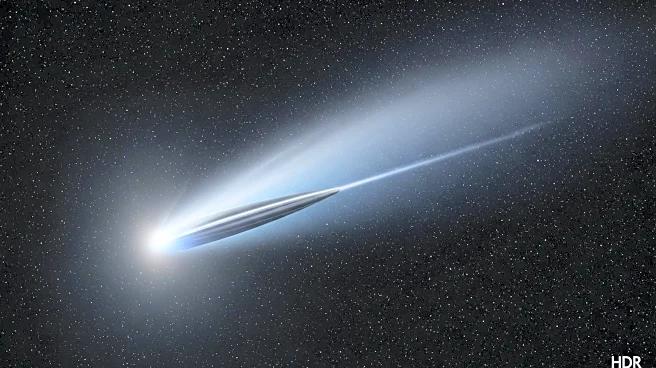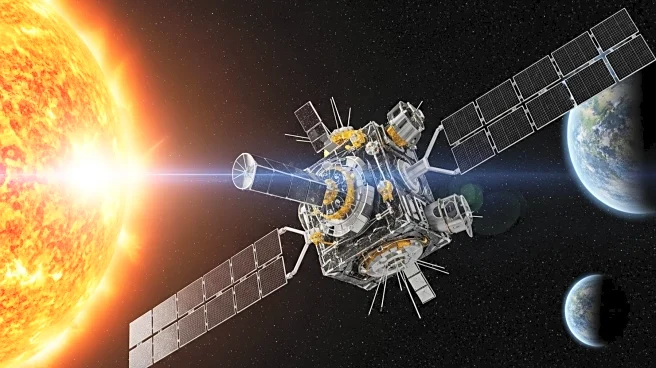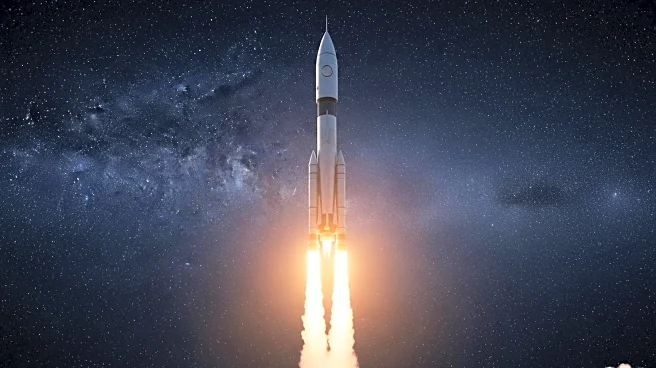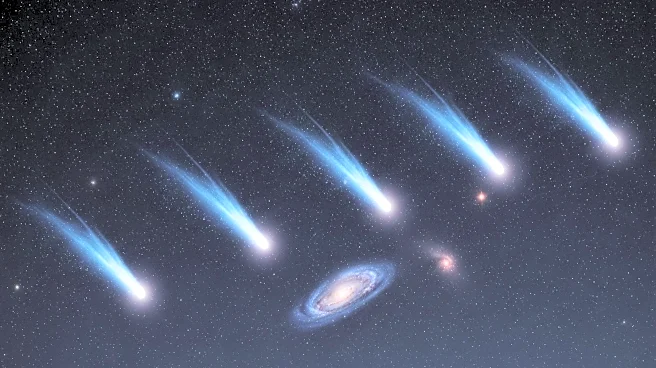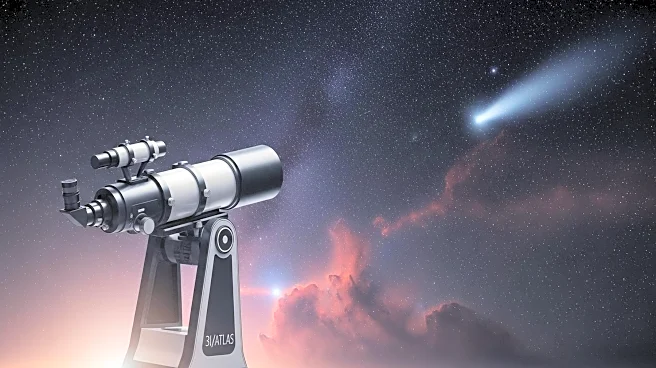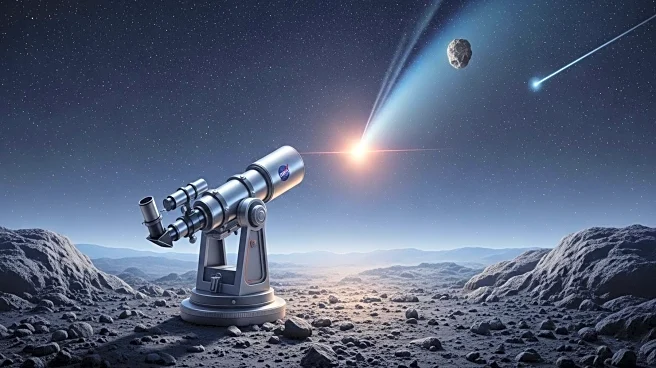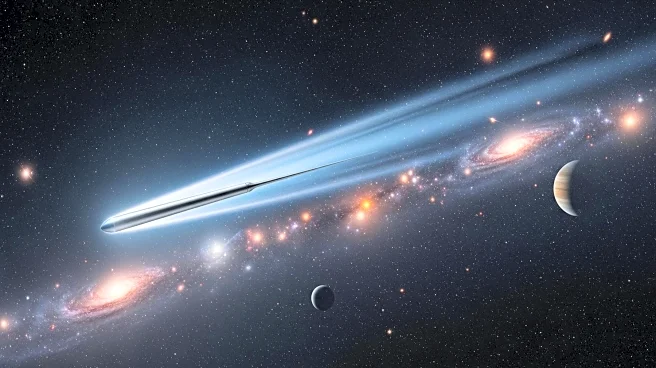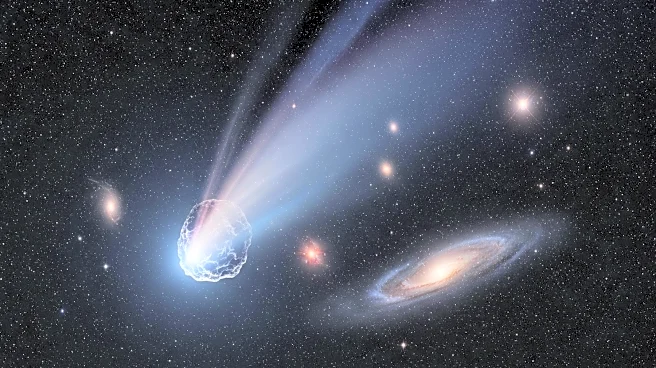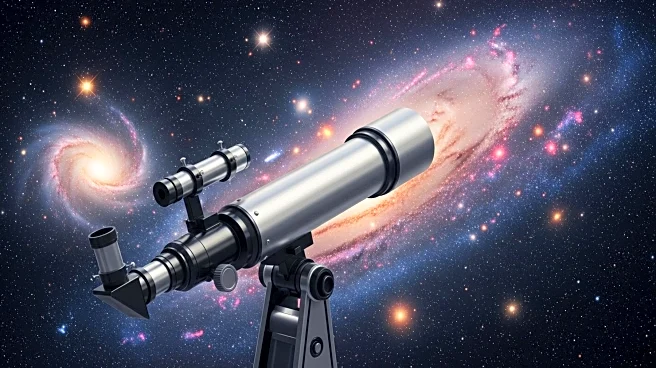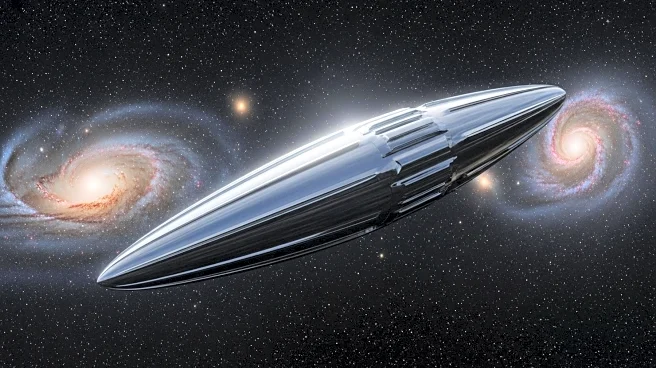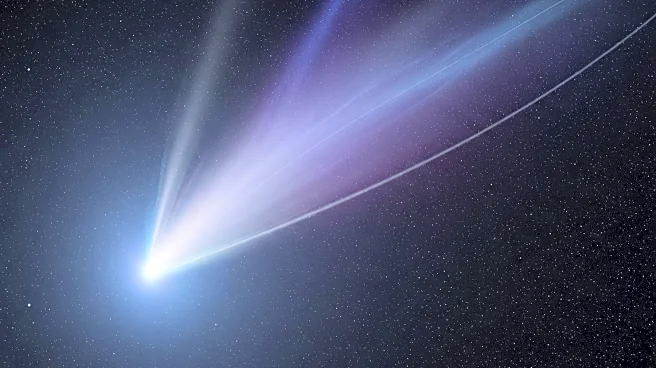What is the story about?
What's Happening?
NASA has confirmed the presence of an interstellar comet, named 3I/ATLAS, passing through the solar system. This comet, originating from the direction of the constellation Sagittarius, is only the third of its kind ever observed. The NASA-funded Asteroid Terrestrial-impact Last Alert System survey telescope in Rio Hurtado first detected the comet on July 1. Currently, the comet is approximately 420 million miles away from Earth. It will be visible to ground telescopes through September before passing too close to the sun to be observed. The comet is expected to reappear in December on the other side of the sun. NASA assures that the comet poses no threat to Earth, maintaining a minimum distance of 150 million miles.
Why It's Important?
The discovery of 3I/ATLAS is significant as it adds to the limited number of interstellar objects observed in our solar system, following the comet 2I/Borisov in 2019 and the asteroid 'Oumuamua. These observations provide valuable insights into the composition and behavior of objects originating from outside our solar system. The study of such interstellar comets can enhance understanding of the universe's formation and the materials present in distant regions. The comet's safe distance from Earth ensures no immediate threat, allowing scientists to focus on research rather than planetary defense.
What's Next?
As the comet continues its journey, scientists worldwide are investigating its size and physical properties. The comet will become visible again in December, offering further opportunities for observation and study. Researchers will likely continue to monitor its trajectory and characteristics, contributing to the broader understanding of interstellar phenomena.
Beyond the Headlines
The presence of interstellar objects like 3I/ATLAS raises questions about the potential for life and materials beyond our solar system. These objects could carry organic compounds or other elements that might inform theories about life's origins. The study of interstellar comets also challenges existing models of solar system dynamics and the gravitational influences affecting such objects.
AI Generated Content
Do you find this article useful?
